Double Eyelid: Incisional vs Suture
Incisional involves cutting and reshaping eyelid tissue, while Suture uses stitches to create a double eyelid fold.

Incisional involves cutting and reshaping eyelid tissue, while Suture uses stitches to create a double eyelid fold.

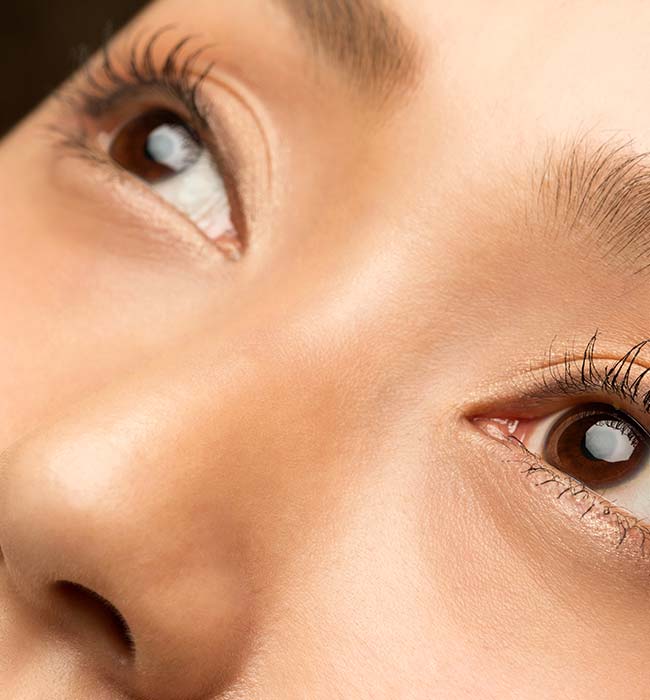
There are several medical and cosmetic procedures associated with Asian eyelids. The most common is blepharoplasty, or double eyelid surgery, which can be used to create or enhance the appearance of a double eyelid. This procedure involves making incisions along the eyelid and removing excess tissue to create a crease.
There are two main types of blepharoplasty: incisional and non-incisional (“suture method”). Incisional blepharoplasty involves making an incision along the width of the eyelid and removing excess tissue, skin, muscle, and sometimes fat, while non-incisional blepharoplasty uses a specialized suture technique to create the crease without making any incisions.
During your consultation with Dr. Amadi, he will recommend the technique that will deliver the best results for you and your unique anatomy.
The most commonly performed technique with more permanent results is the incisional technique. This is the best option for people who want a more permanent, defined crease and want to resolve other eyelid issues as well such as drooping eyelids, excess fat, or asymmetry. A small incision is made across the upper lid and a minimal amount of skin is removed in the ideal location where the double eyelid crease will form.
Depending on the unique anatomy of the patient and their desired results, skin, muscle, or fat may be excised from the area. Dr. Amadi will then attach the levator palpebrae superioris (the muscle that is responsible for elevating the eyelid) directly to the dermal layer, creating a clearly defined natural crease. Occasionally, the crease is formed by suturing the dermal layer to the underlying tarsus. The incision will then be carefully closed with sutures which will then be removed 4-to-6 days after surgery by Dr Amadi at your post-op appointment. Although the most obvious swelling and bruising resolves within the first 1-2 weeks of surgery, in the early postoperative period, the height of the crease may seem unnaturally high. However, as swelling resolves, the crease naturally “settles” to a lower position. This often takes 4-6 weeks but sometimes even longer in thicker, more fatty eyelids.
Incisional Asian blepharoplasty can be an excellent option for individuals who are seeking to enhance their natural features and achieve a more open and expressive appearance which is permanent.
Anesthesia Method: Local anesthesia and short-term surface anesthesia
Surgery Time: 40 mins – 1 hour
Suture Removal: 4-6 days after surgery
Downtime After Surgery: About 1 – 2 weeks, moderate bruising and swelling
Longevity of Results: Permanent Crease
Suture, or “non-incisional”, Asian blepharoplasty, is a cosmetic procedure that is used to create a double eyelid fold without making any incisions. This technique is a popular alternative to incisional Asian blepharoplasty for individuals who want to achieve a more natural-looking double eyelid without undergoing incisional surgery which takes longer to recover. This technique is extremely popular in younger patients in Korea.
In this minimally invasive procedure, sutures are passed full thickness through small punctures created along the eyelid in an intricate weaving “back and forth” pattern. The sutures are then tightened until the desired crease is made. These sutures simulate the natural attachments that form an eyelid crease by creating a bond between the underlying deep tissue to the eyelid skin. Because no significant incisions are made, this method offers quick recovery with little downtime.
This method is great for people with little excess eyelid fat. However, because this procedure does not include any skin, muscle, or fat excision, patients with redundant skin or excessive fat (“heavy burden”) would not be good candidates for this technique. The other drawback of this technique is that results are not as long-lasting as the incisional technique, and may fade over time. Factors that may affect the longevity of your results include the strength of the suture, whether an adequate amount of scar tissue forms to keep the crease in place, and your post-surgery aftercare (not rubbing your eyes, not bending down etc.) The average length of results is 5-10 years.
Anesthesia Method: Local anesthesia and short-term surface anesthesia
Surgery Time: 30 mins
Suture Removal: Not necessary
Downtime After Surgery: About 5 – 10 days, mild bruising and swelling
Longevity of Results: 5-10 years
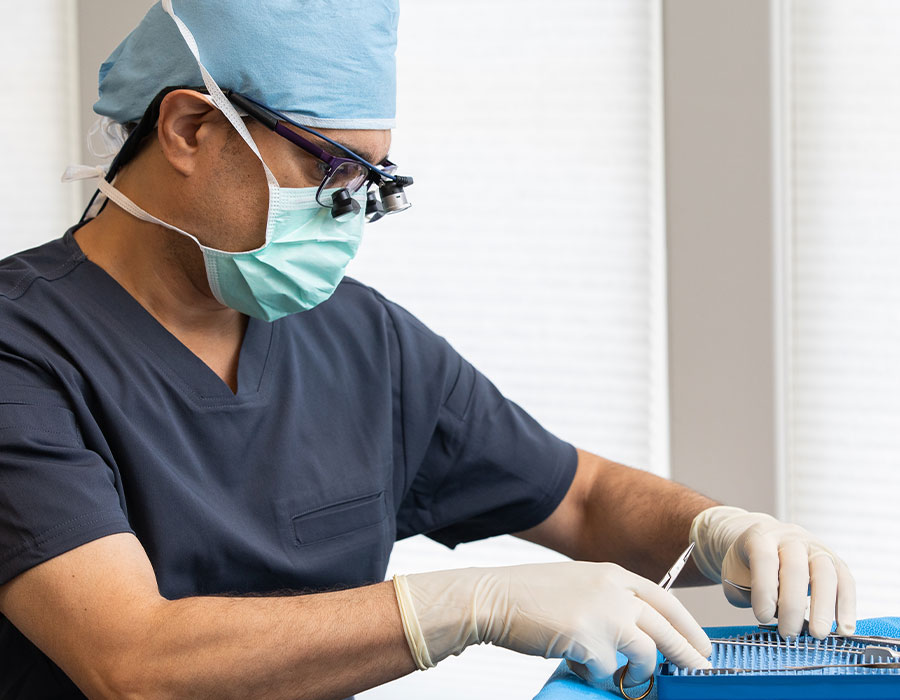
Team
Focusing on a natural and age-appropriate look, Dr. Amadi will deliver the finest personalized care, giving you the results you desire.
Meet Dr. AmadiBefore & After
"Double eyelid" surgery creates a natural Asian eyelid crease.
View the gallery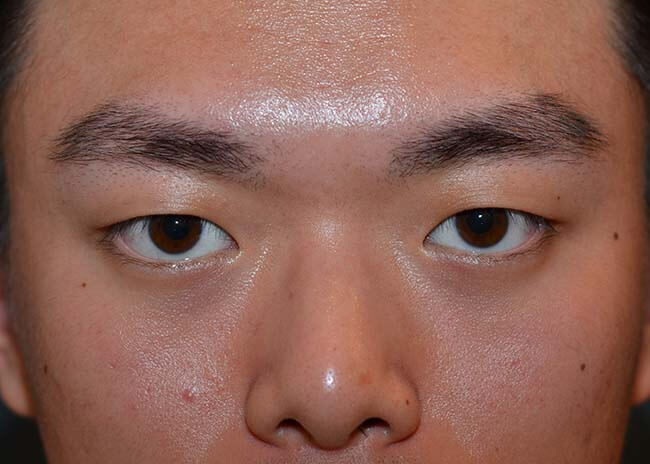
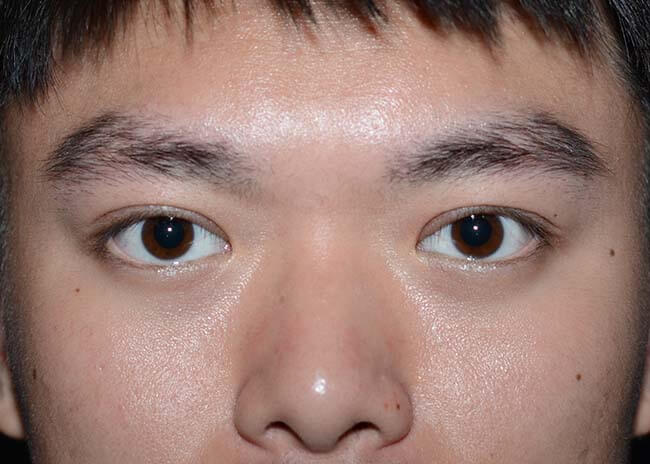
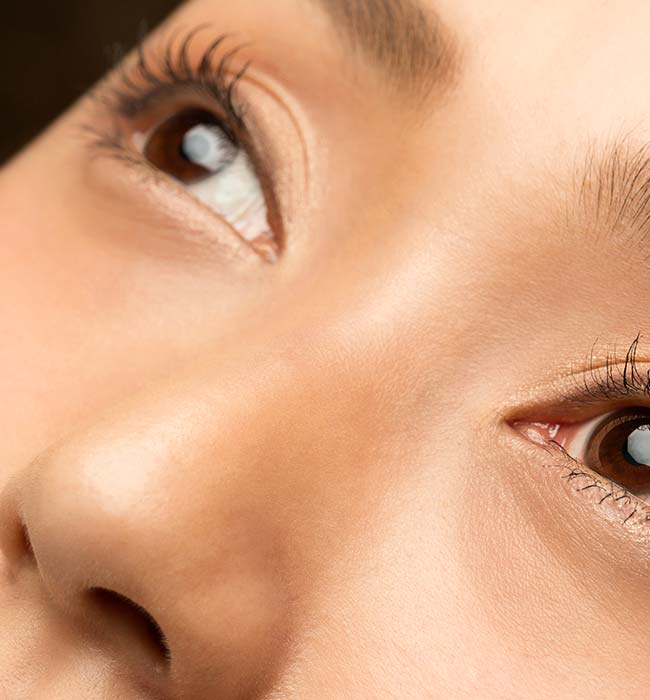
Aenean vestibulum tortor justo, ac accumsan enim hendrerit eu. Curabitur rhoncus eu arcu quis commodo. Cras nec aliquet libero. Curabitur interdum tincidunt odio eu cursus. Vivamus quis iaculis tellus. Suspendisse at tincidunt enim, a scelerisque tellus. Integer blandit quis libero non vulputate. Etiam ultricies enim non diam aliquam aliquet. Aliquam at quam feugiat, ultricies nunc a, fermentum lacus. Phasellus in eros nibh. Duis dolor mauris, sagittis id nulla in, posuere auctor mass
Aenean vestibulum tortor justo, ac accumsan enim hendrerit eu. Curabitur rhoncus eu arcu quis commodo. Cras nec aliquet libero. Curabitur interdum tincidunt odio eu cursus. Vivamus quis iaculis tellus. Suspendisse at tincidunt enim, a scelerisque tellus. Integer blandit quis libero non vulputate. Etiam ultricies enim non diam aliquam aliquet. Aliquam at quam feugiat, ultricies nunc a, fermentum lacus. Phasellus in eros nibh. Duis dolor mauris, sagittis id nulla in, posuere auctor mass
Aenean vestibulum tortor justo, ac accumsan enim hendrerit eu. Curabitur rhoncus eu arcu quis commodo. Cras nec aliquet libero. Curabitur interdum tincidunt odio eu cursus. Vivamus quis iaculis tellus. Suspendisse at tincidunt enim, a scelerisque tellus. Integer blandit quis libero non vulputate. Etiam ultricies enim non diam aliquam aliquet. Aliquam at quam feugiat, ultricies nunc a, fermentum lacus. Phasellus in eros nibh. Duis dolor mauris, sagittis id nulla in, posuere auctor mass